Have you ever considered modular construction for your next project or home, but found yourself hesitant because of some myths you’ve heard? You’re not alone! Despite its growing popularity, modular construction is still misunderstood in many ways. In this article, we’re here to help clear up some of the most common misconceptions and show you why modular construction might be the smart choice you’ve been looking for. Let’s break it down, one myth at a time.
Myths About Quality and Durability of Modular Construction
Myth 1: Modular buildings are of lower quality.
You’ve probably heard that modular buildings are “cheap” or of poor quality because they’re factory-built. But here’s the truth: modular buildings are built using the same high-quality materials as traditional buildings, and they must meet or exceed local building codes. In fact, the controlled factory environment allows for more precision, which can actually result in a higher-quality finished product. So, if you’re thinking a modular home might feel flimsy, think again!
Myth 2: Modular buildings won’t appreciate in value.
A lot of people mistakenly believe that modular buildings lose value over time, like mobile buildings. However, modular buildings can appreciate in value just like any traditional home, depending on factors like location, market trends, and how well you maintain it. If you take good care of your modular home, it can be a valuable investment that will be appreciated over time.
Myth 3: Modular buildings have a shorter lifespan.
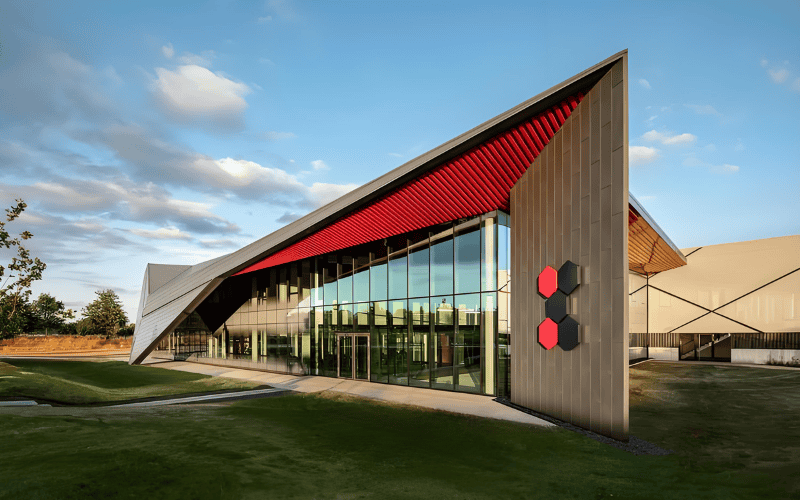
Some people worry that modular buildings won’t last as long as traditional houses. This isn’t true at all. Modular buildings are designed to be just as durable and long-lasting as any site-built home. And many of them come with warranties for peace of mind, so you can rest easy knowing your home is built to stand the test of time.
Myth 4: Modular construction doesn’t meet high standards.
Because modular buildings are built off-site, some people think they can’t possibly meet the same high standards as traditional buildings. But the truth is, modular buildings are subject to strict quality control measures at every stage of construction. They have to meet the same building codes and standards as on-site buildings, and sometimes, even stricter ones. The factory-controlled environment means fewer risks for defects, unlike traditional construction, which can be impacted by weather or site issues.
Myths About Design and Customization of Modular Construction
Myth 5: Modular buildings have limited design options.
Think modular buildings are all cookie-cutter designs? Think again! One of the biggest myths is that modular buildings offer limited design flexibility. In reality, you can customize everything from the floor plan to the finishes, just like you would with a traditional home. Whether you want a cozy cottage or a modern, sleek design, modular construction can be tailored to fit your style and needs.
Myth 6: Modular buildings are the same as mobile buildings.
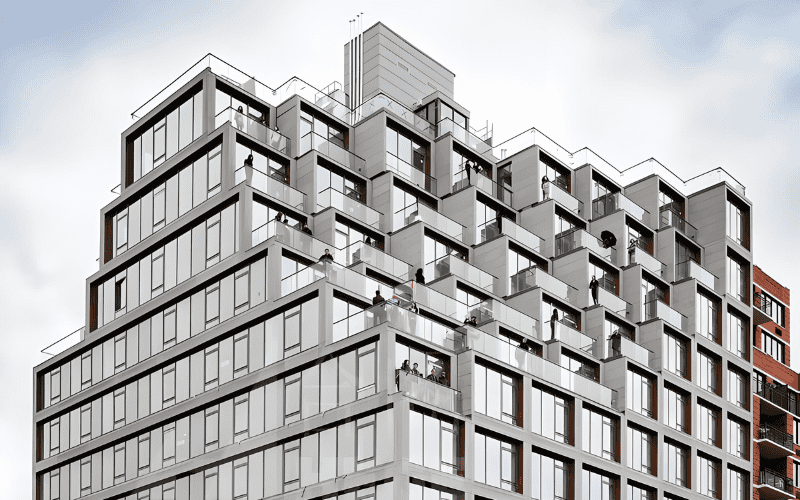
This is a big one! Some people confuse modular buildings with mobile or manufactured buildings, but they’re not the same thing. While both are factory-built, modular buildings are designed to be permanent, high-quality buildings that meet all local building codes, just like site-built buildings. Mobile buildings, on the other hand, are generally less durable and not designed to last in the same way. So if you’re thinking modular buildings are “just like trailers,” it’s time to reconsider.
Myths About Costs and Economics of Modular Construction
Myth 7: Modular construction is always cheaper than traditional construction.
It’s true that modular construction is often more cost-effective than traditional methods, but it’s not always the cheapest option. For highly customized designs or tricky delivery sites, the cost might not be significantly lower. That said, modular buildings are generally more affordable for standard designs and offer substantial savings in construction time, which can lower overall project costs.
Myth 8: Modular buildings are only suitable for simple, low-cost projects.
Some people assume that modular construction is only good for basic, budget-friendly buildings. That’s not true either! Modular construction can be used for everything from simple single-family buildings to multi-story commercial buildings and luxury buildings. Whether you’re building a small cottage or a large commercial complex, modular construction can provide the flexibility, speed, and savings you need—without compromising on quality.
Myth 9: Modular construction is longer than traditional construction.
Here’s a myth that might surprise you: modular construction is actually faster than traditional building. In fact, modular buildings are often completed 30-50% faster than traditional buildings. Why? Because much of the construction happens off-site in a controlled factory environment, meaning there are fewer delays from weather or unexpected issues. When the modules are ready, they’re assembled quickly on-site, getting you into your new space faster than you might expect.
Myths About Transportation of Modular Construction
Myth 10: Modular buildings are easily damaged during transport.
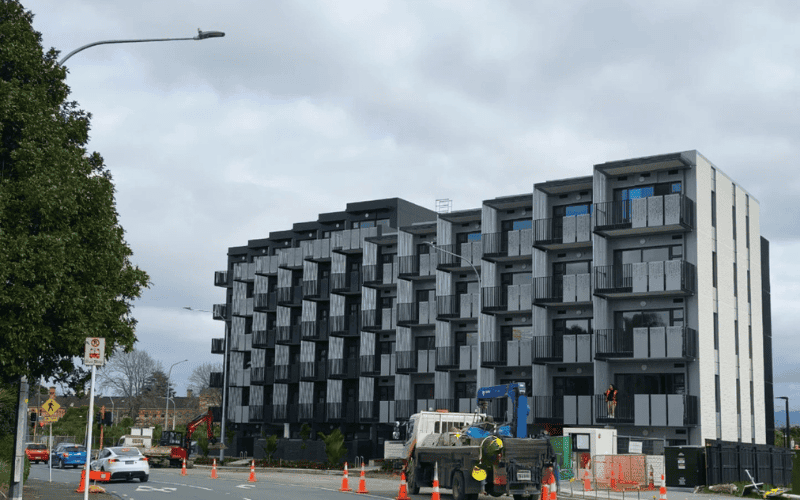
Some people worry that modular buildings will get damaged on their way to the construction site. The good news is that modular buildings are designed to withstand transportation. Each module is built to be sturdy enough to handle the rigors of being moved, and the transportation process is carefully planned to ensure everything arrives in great condition. Reputable builders know how to handle the logistics to minimize risks, so your home will arrive safe and sound.
Myths About Suitability and Provenance of Modular Construction
Myth 11: Modular construction equals prefabricated construction.
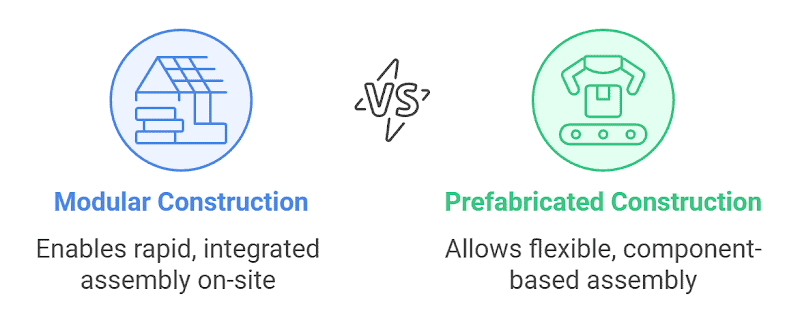
Not quite! While both modular and prefabricated construction involve building parts of the structure off-site, modular construction involves assembling entire sections of the building (walls, windows, doors, plumbing, and electrical), which are then transported and put together on-site. Prefabricated construction, on the other hand, typically only involves individual components, like walls or floors. So modular construction is a more complete, integrated approach.
Myth 12: Modular construction is an unproven method.
Some people think modular construction is brand new or untested, but that’s simply not the case. Modular construction has been around for decades and has been successfully used all over the world. With modern technology, modular buildings are even more sophisticated and customizable than ever before. So, if you’re thinking modular construction is too “experimental,” rest assured—it’s a proven, reliable method with a track record of success.
Related Reading:
The History of Modular Construction
5 Latest Trends in Modular Construction in 2024
Modular Construction: Driving Innovation in Renewable Energy
Myth 13: Modular buildings aren’t suitable for large-scale or complex projects.
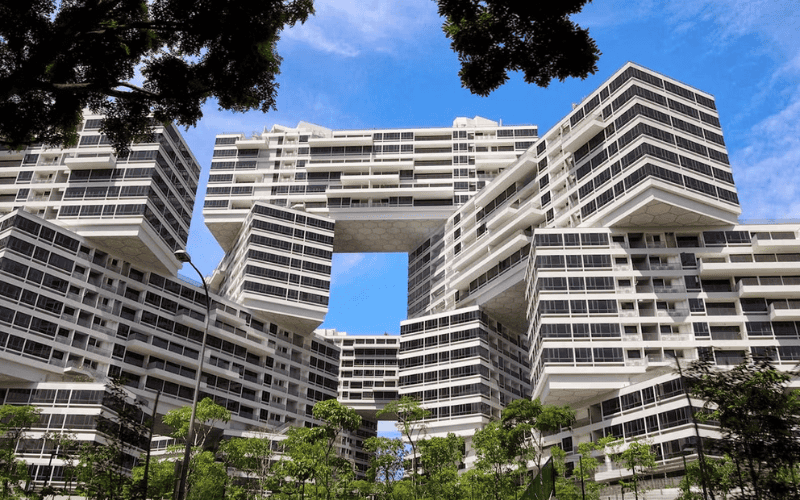
Another common misconception is that modular construction is only good for small buildings. In reality, modular construction is perfectly suited for large-scale, complex projects, such as multi-story office buildings, hotels, and even hospitals. The beauty of modular construction is that it can be scaled up for large, intricate designs while still saving time and money. So, if you have a big project in mind, modular construction can handle it!
Conclusion
As you can see, many of the myths surrounding modular construction are based on outdated information or simple misunderstandings. Whether you’re considering a modular home for yourself, a commercial building, or even a large-scale project, it’s clear that modular construction offers a host of advantages—faster completion times, lower costs, flexibility in design, and durable, high-quality results. So next time you hear someone say, “Modular construction isn’t for me,” you’ll be armed with the facts to show them just how much potential this building method truly has.
We hope this article helps clear up some of the confusion around modular construction. If you’re ready to explore the possibilities for your own project, we’re here to guide you every step of the way.

